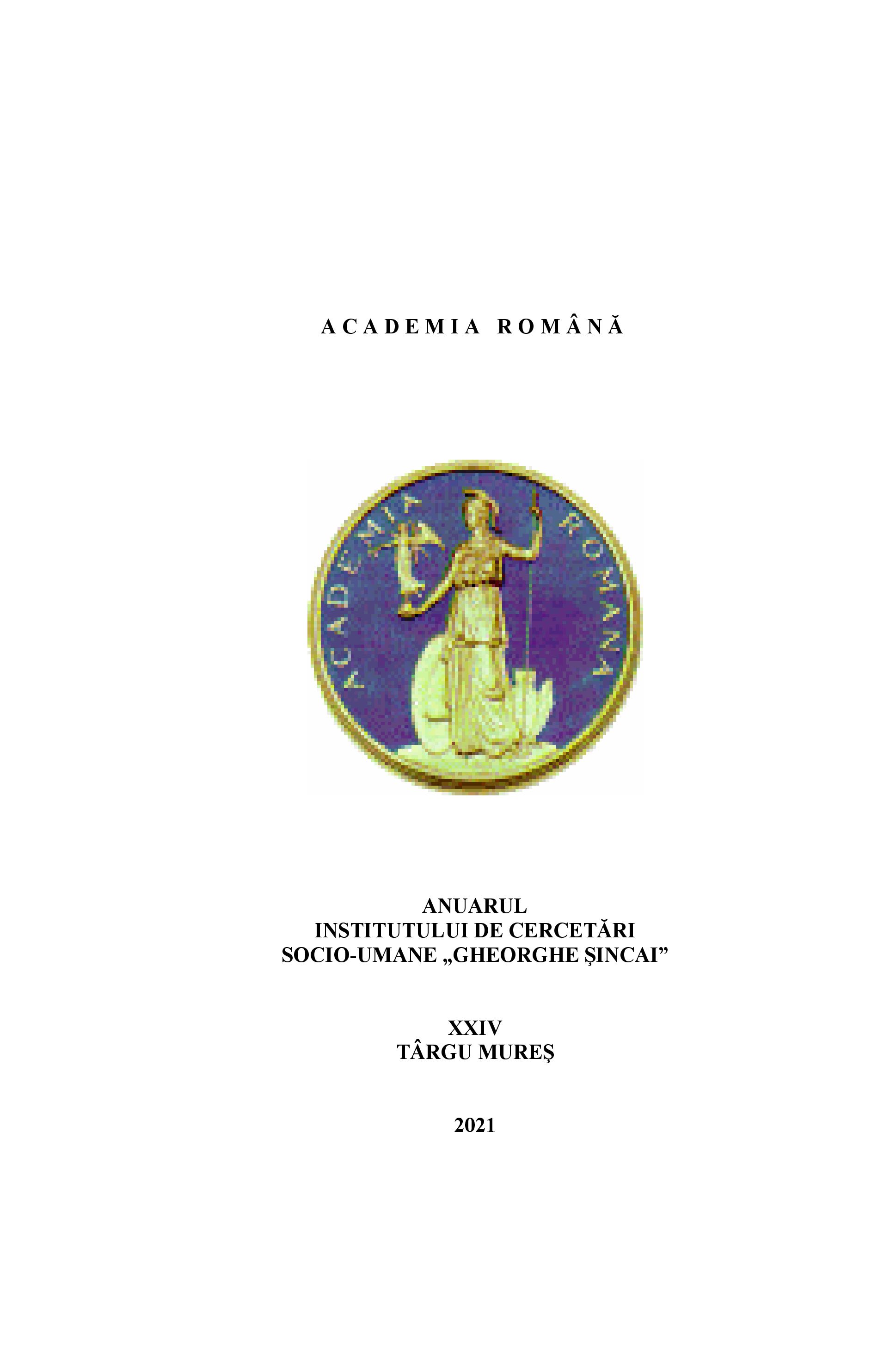Rumänien Zwischen Deutschland und Frankreich im späten 19. Jahrhundert und im frühen 20. Jahrhundert
Romania between Germany and France from the late 19th Century to the early 20th Century
Author(s): Wolf D. GrunerSubject(s): Cultural history, Diplomatic history, Interwar Period (1920 - 1939)
Published by: Institutul de Cercetări Socio-Umane Gheorghe Şincai al Academiei Române
Keywords: Christian cultural background; traditional culture; French culture; the German culture; European constitutional models; reforms and modernization, economic development; Great World War;
Summary/Abstract: The relations between Romania, France and Germany had developed almost concomitantly during modern time. They manifested in the field of culture, international and constitutional law, economy, trade and in the organisation of the military area. A. I. Cuza started the process of modernization in the Danube Principalities following the French model (e.g. the Civil Code, the electoral system; the constitutional regime). After Cuza was removed from power, the new Prince Carol ratified the Romanian Constitution which took as reference the 1831 Belgian Constitution. Under Carol I. Romania was modernized and, despite many scandals, the infrastructure of the country had significantly improved. Carol introduced the Prussian military system in Romania and lead the Romanian Army in a successful war against the Ottoman Empire (1877-78). After the Congress of Berlin Romania was established as an independent Kingdom. Romania secretly joined the Triple Alliance in 1883. In 1914 the Francophile elites of Romania voted for neutrality in the Great War even if this official stand was strongly against the expressed will of the King Carol I. In 1916 Romania joined the Entente in its war against the Central Powers, being driven in the war by ideological reasons, namely, the accomplishment of the national project of Great Romania. Soon, Romania was defeated and had to accept the Treaty of Bucharest from 1918. The Romanian parliamentary bodies ratified it, but King Ferdinand refused to sign it. Thus, Romania could re-join the Entente and the Greater Romania came into existence, its borders being internationally ratified by the Treaty of Trianon. The new constitution from 1923 did not fulfil the regional demands included in late 1918 and early 1919 resolutions. In the interwar period Romania participated in the Little Entente and showed receptive to the strong French influence in state, politics, economy and society matters. As a result of the great Depression of 1929/33 the Romanian-German relations improved politically and economically. The Romanian Constitution from 1938 did not substantially differ from the 1866 one, especially as far as the idea of the central state was concerned, hence, modern Romania remaining still a strongly centralized state.
Journal: Anuarul Institutului de Cercetări Socio-Umane »Gheorghe Şincai« al Academiei Române
- Issue Year: 2021
- Issue No: 24
- Page Range: 256-291
- Page Count: 36
- Language: German

